IPv4
From $0.70 for 1 pc. 41 countries to choose from, rental period from 7 days.
IPv4
From $0.70 for 1 pc. 41 countries to choose from, rental period from 7 days.
IPv4
From $0.70 for 1 pc. 41 countries to choose from, rental period from 7 days.
IPv6
From $0.07 for 1 pc. 14 countries to choose from, rental period from 7 days.
ISP
From $1.35 for 1 pc. 23 countries to choose from, rental period from 7 days.
Mobile
From $14 for 1 pc. 14 countries to choose from, rental period from 2 days.
Resident
From $0.90 for 1 GB. 200+ countries to choose from, rental period from 30 days.
Use cases:
Use cases:
Tools:
Company:
About Us:
Surfinite is a versatile anti-detect browser designed for managing multiple accounts across various platforms including Amazon, YouTube, Facebook, Instagram, and Binance, all from a single device without the risk of blocking. It's particularly beneficial for activities such as web scraping, traffic arbitrage, social media management, bonus hunting, targeting, e-commerce, software testing, and more. These tasks often require a high degree of anonymity and protection from website tracking and anti-fraud systems.
This article offers a comprehensive overview of Surfinite, detailing its functionality, user interface, available tariff plans, and the unique features and benefits it offers. Additionally, the article includes step-by-step instructions for creating profiles and configuring proxies within the anti-detect browser.

The Surfinite anti-detection solution is available as a desktop application compatible with Windows, macOS, and Linux. It features a proprietary browser built on the Chromium engine, ensuring it stays up-to-date with the latest versions for maximum anonymity, blocking bypass capabilities, and compatibility with Google Chrome browser extensions. Surfinite also provides extensive options for fingerprint customization and integrates seamlessly with various automation tools. These capabilities make it particularly effective for users managing advertising accounts, social media profiles, and other online services, as it maintains a high level of security and privacy while operating across different platforms.
Surfinite enables users to quickly create unique digital fingerprints with just a couple of clicks. By clicking the profile creation button, the system automatically generates a new profile equipped with a set of random and unique parameters. Surfinite's technology ensures a thorough disguise by simulating key device parameters such as TCP/IP configuration, operating system and browser fingerprints, Wi-Fi settings, and time offset. The browser also supports profile cloning, allowing users to replicate profiles and use them on other devices with minimal adjustments to the digital fingerprints.
Additionally, Surfinite provides the option for manual configuration of fingerprint parameters, enhancing the user's ability to customize their online identity:
By changing these parameters and employing proxies, Surfinite users can create billions of distinct digital fingerprints. This capability significantly enhances the ability to bypass filters from anti-fraud systems like FraudLabs Pro, Kount, Signifyd, Riskified, and others.
The high level of trust in Surfinite profiles can be attributed to several key factors:
Together, these features contribute to the reliability and trustworthiness of Surfinite profiles, making them highly effective for users looking to manage multiple accounts securely and privately from a single device.
Surfinite equips users with a powerful API that facilitates the creation, configuration, and management of profiles, groups, and other resources. Additionally, the platform supports the Selenium framework, which automates website interactions like clicking links, reading content, entering text, and executing JavaScript. This functionality greatly simplifies account management and interaction with web services, proving invaluable for users engaged in scraping, testing, and arbitrage activities.
Moreover, the Surfinite team has enhanced their anti-detect browser by integrating ChromeDriver tools. This integration provides deep compatibility with Chrome and full support for the Chrome DevTools Protocol, opening up a wealth of possibilities for managing and customizing automated processes.
Capabilities enabled by the Chrome DevTools Protocol include:
These advanced capabilities make Surfinite an exceptionally useful tool for developers, testers, web scrapers, and social media managers, providing them with extensive tools for effective automation and management of their online activities.
The Surfinite anti-detect browser enhances multi-account management through its robust data synchronization features, allowing users to seamlessly switch between profiles on different devices like work and home computers without the need to reconfigure settings or lose data. This functionality is particularly beneficial for teams, enabling multiple users to collaboratively manage the same account, which is crucial for areas such as traffic arbitrage and internet marketing where multi-accounting is often required.
Key aspects of data synchronization in Surfinite:
These synchronization capabilities significantly enhance the convenience and efficiency of Surfinite, making it an ideal platform for teamwork and complex tasks such as traffic arbitrage, software testing, and web scraping. The ability to manage and synchronize profiles and access permissions across different devices and users simplifies workflows and enhances productivity.
The Surfinite anti-detection browser provides four subscription options to accommodate different user needs: Mini, Starter, Advanced, and Ultimate. Additionally, Surfinite offers a free 1-day trial period to new users. To activate the trial, individuals must register on the Surfinite website and subscribe to the project's news channel, bot, and chat on Telegram.
The “Mini” subscription is the most basic plan offered by Surfinite, priced at €29 per month. It is ideal for individuals working solo on small projects, allowing the creation of up to 30 profiles. This plan includes access to manual fingerprint settings, account cloning, and basic synchronization features.
Priced at €89 per month, the “Starter” plan allows the creation of up to 120 profiles and includes all basic platform features, suitable for teamwork. Adding additional team members, beyond the administrator, incurs a cost of €10 per member. While the number of team members is unlimited, the profile limit cannot be increased within this plan.
The “Advanced” plan, costing €169 per month, supports up to 350 profiles and includes free access for three team members. Each additional team member can be added for €15. This plan is enhanced with the capability to automate tasks via API, making it suitable for more complex projects and larger teams.
At €369 per month, the “Ultimate” plan is Surfinite’s most comprehensive offering. It allows users to create up to 1000 profiles and includes free access for six team members. Each additional team member costs €20. Subscribers to this plan gain access to all platform features, catering to the needs of large-scale operations requiring extensive profile management and advanced feature access.
| Plan | Mini | Starter | Advanced | Ultimate |
|---|---|---|---|---|
| Cost | €29 per month | €89 per month | €169 per month | €369 per month |
| Available profiles | 30 | 120 | 350 | 1000 |
| Available free participants | – | – | 3 | 6 |
| Cost of connecting a new participant | – | €10 | €15 | €20 |
| API access | – | – | + | + |
When opting for long-term subscriptions, Surfinite users can benefit from substantial discounts: a 10% discount is available for a 3-month subscription, 15% for 6 months, and 20% for a full year. Additionally, Surfinite offers an affiliate program where users can earn a 15% commission on each payment made by a referral they bring to the platform.
The Surfinite application is multilingual, supports nine different languages, and features a user interface typical of anti-detect browsers. Navigation is streamlined with a sidebar on the left, used for switching between main sections. Corresponding tables, functions, and data for each selected section are displayed on the right. Additionally, the application includes a top menu with tabs, making it easy for users to quickly toggle between the homepage, session list, application settings, and user profile.
This section lists all saved browser profiles, displaying essential details such as profile name, operating system, proxy, and screen resolution. While these parameters are visible directly, profiles can also be sorted by creation date, launch date, status, and category, though these additional details aren't shown in the table.
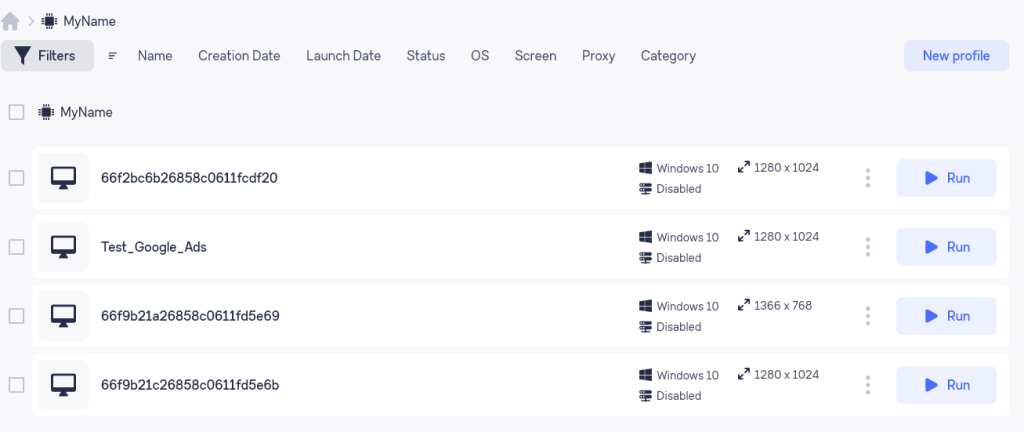
Users can create multiple groups within Surfinite to categorize profiles by projects, teams, goals, or other relevant parameters. Group creators have the ability to manage access, assigning and restricting rights to team members for specific profiles within each group.

Deleted profiles are stored here for 48 hours before being permanently removed. Users can restore any profile during this window by using the “Restore” button, but cannot force-delete profiles from the bin prematurely.

This section hosts all saved proxies, displaying information such as name, connection type, host, port, and credentials. Users can add, delete, import, and export proxies, as well as scan them to assess connection functionality and quality.

Presets offer predefined settings for new profiles, covering parameters like bookmarks, extensions, statuses, and tags. These presets simplify profile creation and can be grouped and applied to categories, aligning specific settings with corresponding profiles.

This page manages user roles within the platform. The main account holder and any connected team members are listed here. Invitations to new members are facilitated through this section, with invitations sent directly if the user is already registered or via email with a registration link for new users.

Accessible through the sidebar, this section allows users to customize the name, icon, and description of their cluster, which acts as a parent account or container encompassing all profiles, settings, proxies, and other elements. It also displays the cluster ID and API key, enabling integration with external systems and process automation.
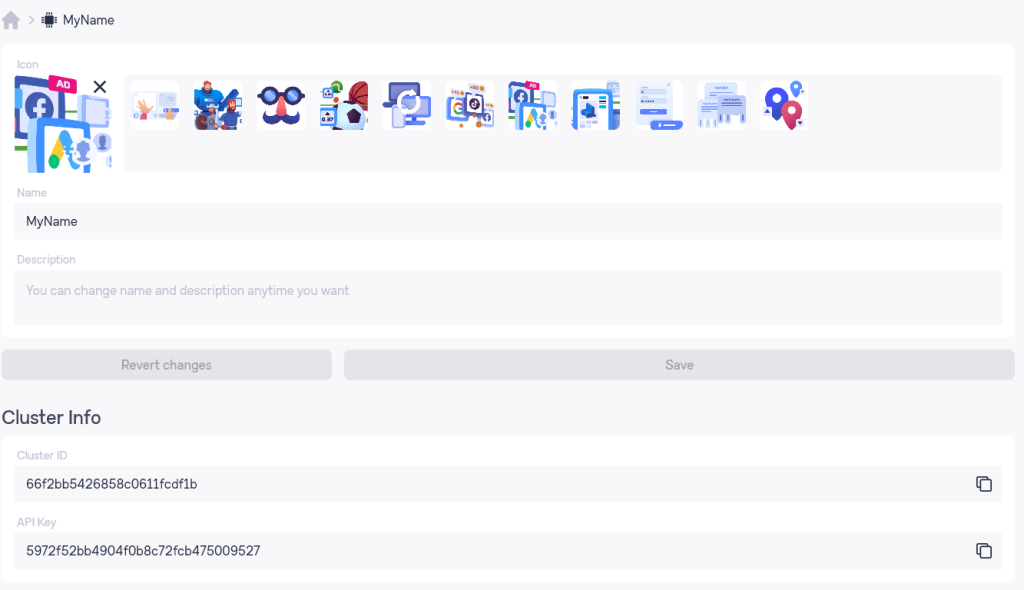
The payment section provides details about the current subscription, such as the number of connected profiles, available slots for team members, subscription end date, and days remaining until renewal.
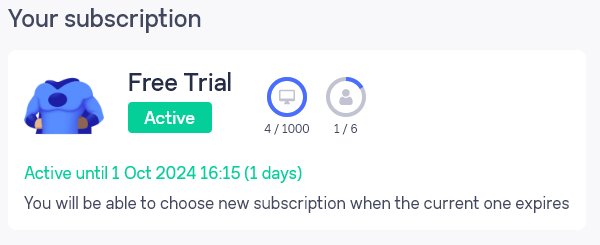
The top menu of tabs in Surfinite serves as the primary navigation tool for managing the application.

The “Home” section displays a list of created clusters, the availability of which varies depending on the subscription plan. Users on the Mini and Starter plans can access only one free cluster, while those on the Advanced and Ultimate plans are allowed three and six clusters, respectively. For all plans except Mini, users have the option to create an unlimited number of additional clusters for an extra fee.

This tab provides an overview of all launched and completed sessions. It features a detailed table showing the status of each profile stage, including downloading data from the cloud, browser startup, data synchronization, and browser closure.

In the Preferences menu, users can adjust the main application settings. This includes setting the scale of fonts and other interface elements, enabling synchronization with Retina displays, toggling the scrollbar on the profile page, comparing hashes, and activating hardware acceleration for graphic rendering.
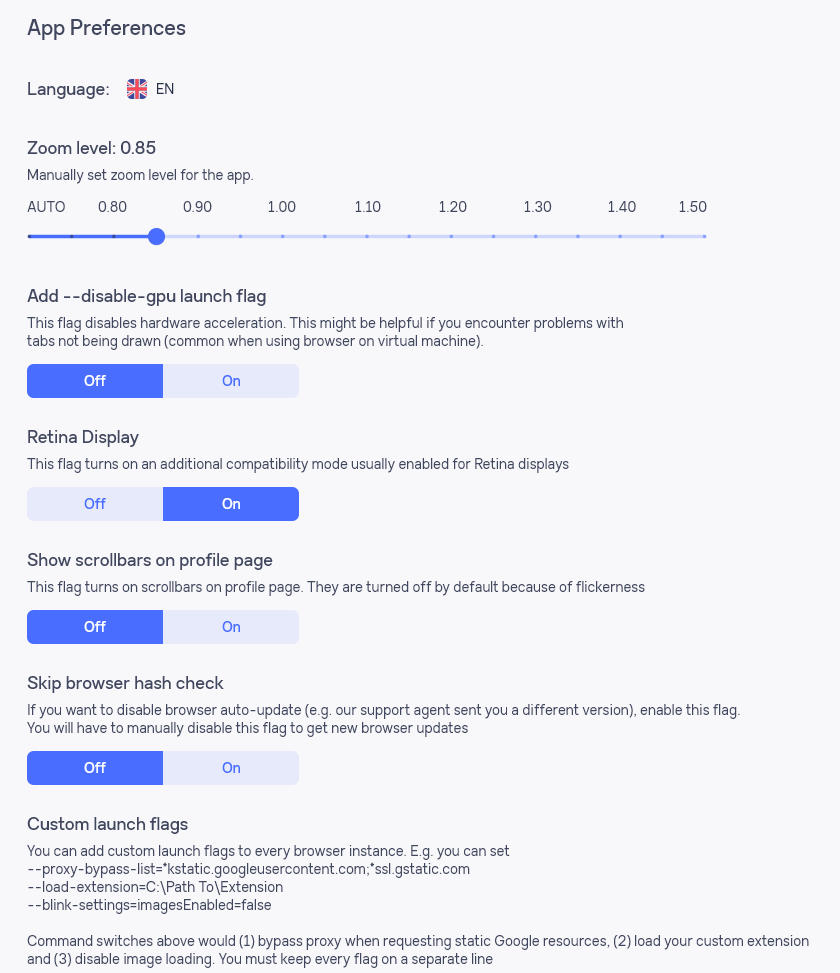
The My Account tab opens a context menu that provides direct access to account settings and the affiliate program. Within account settings, users can change their username, profile logo, and password, ensuring their account reflects their personal or professional branding.
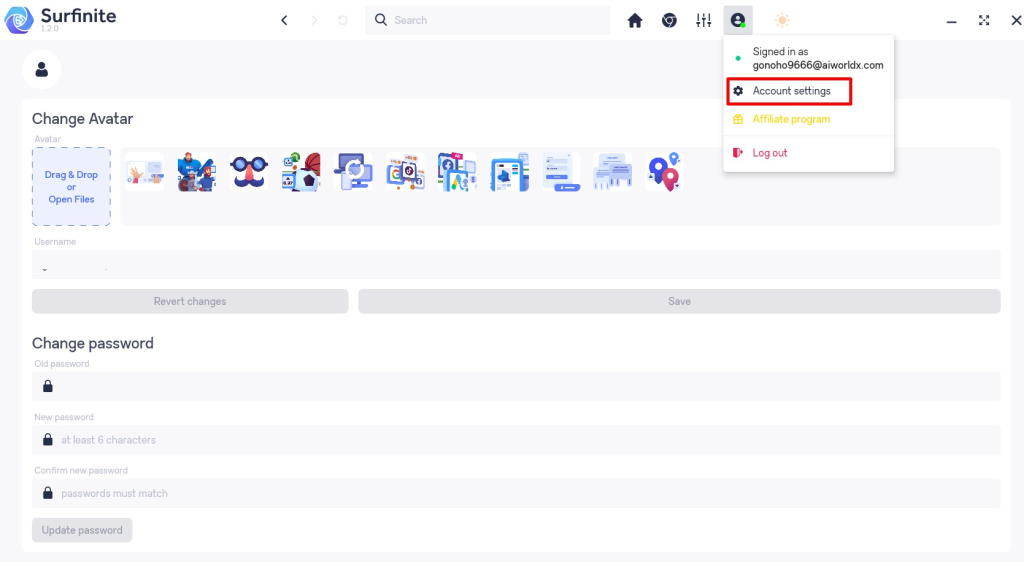
The affiliate program subsection allows users to copy their referral code and link, and track the number of connected referrals and commissions received.

To create a new browser profile in Surfinite, follow these steps:

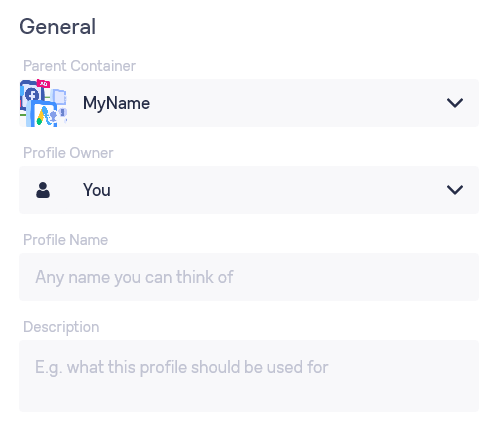
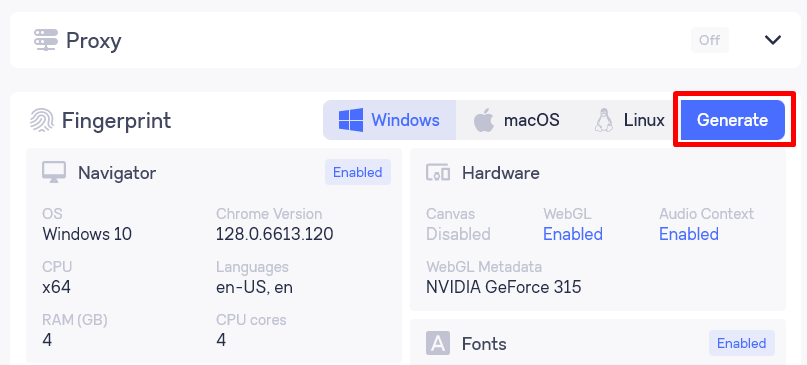
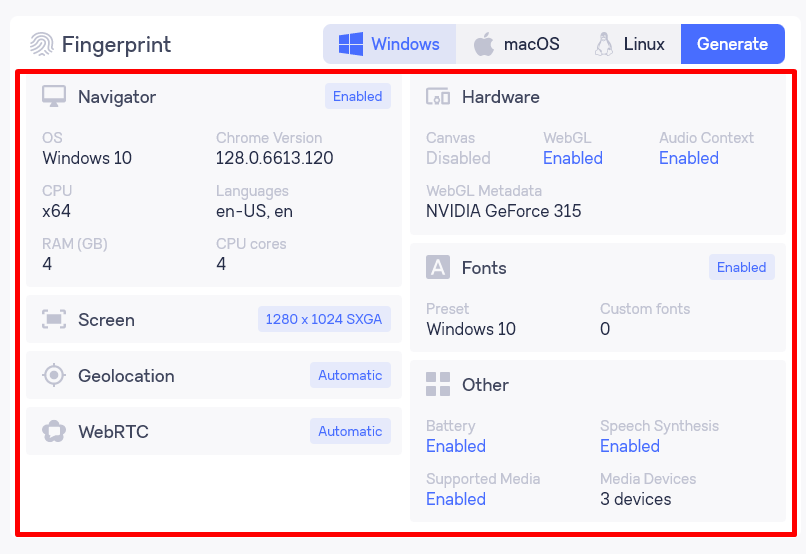

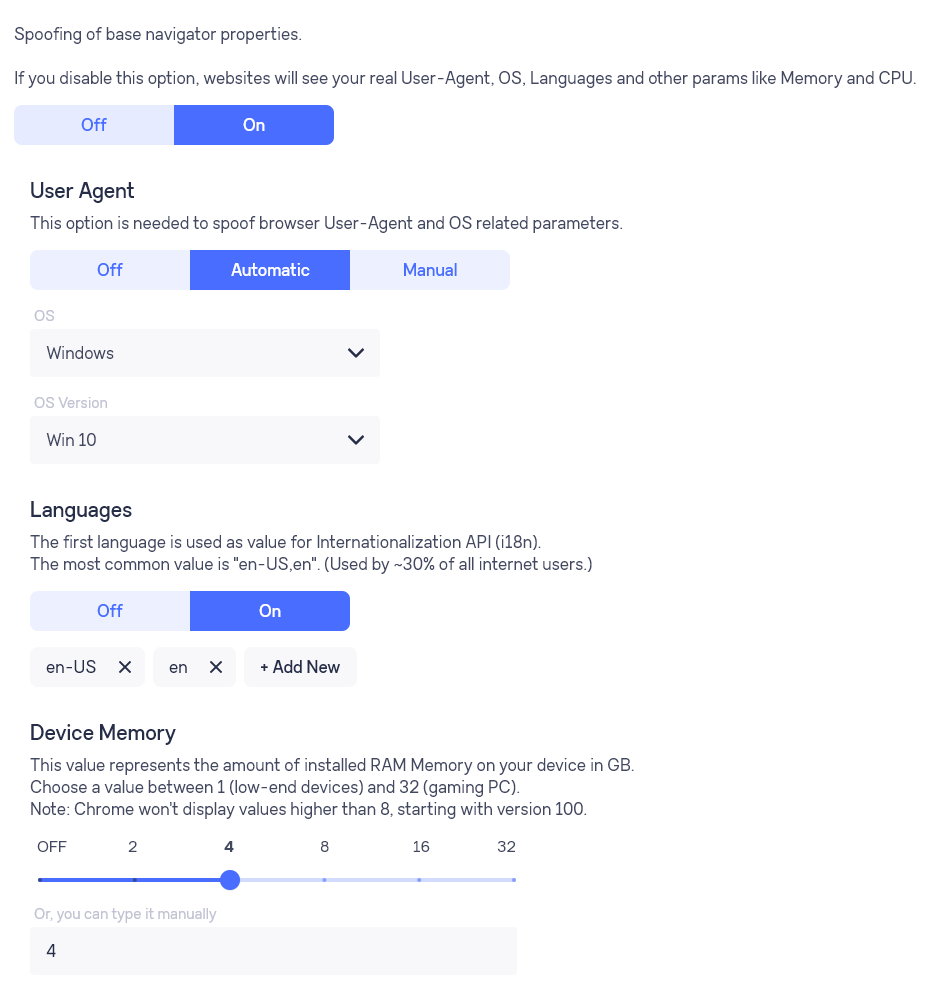
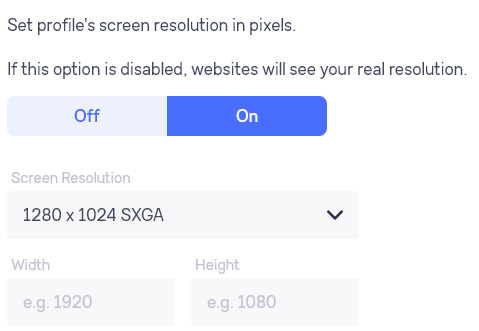
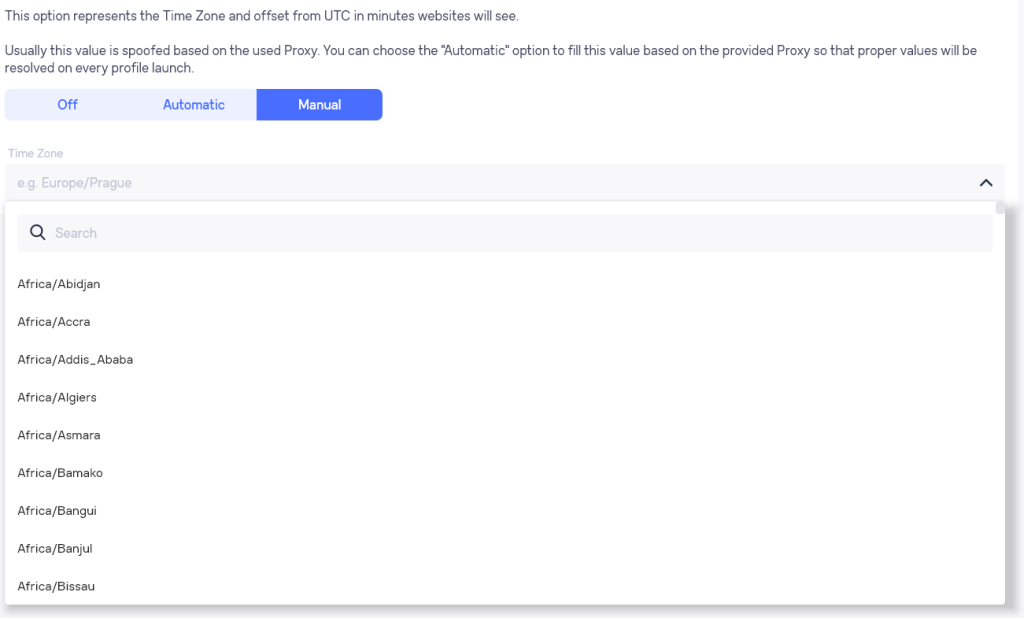

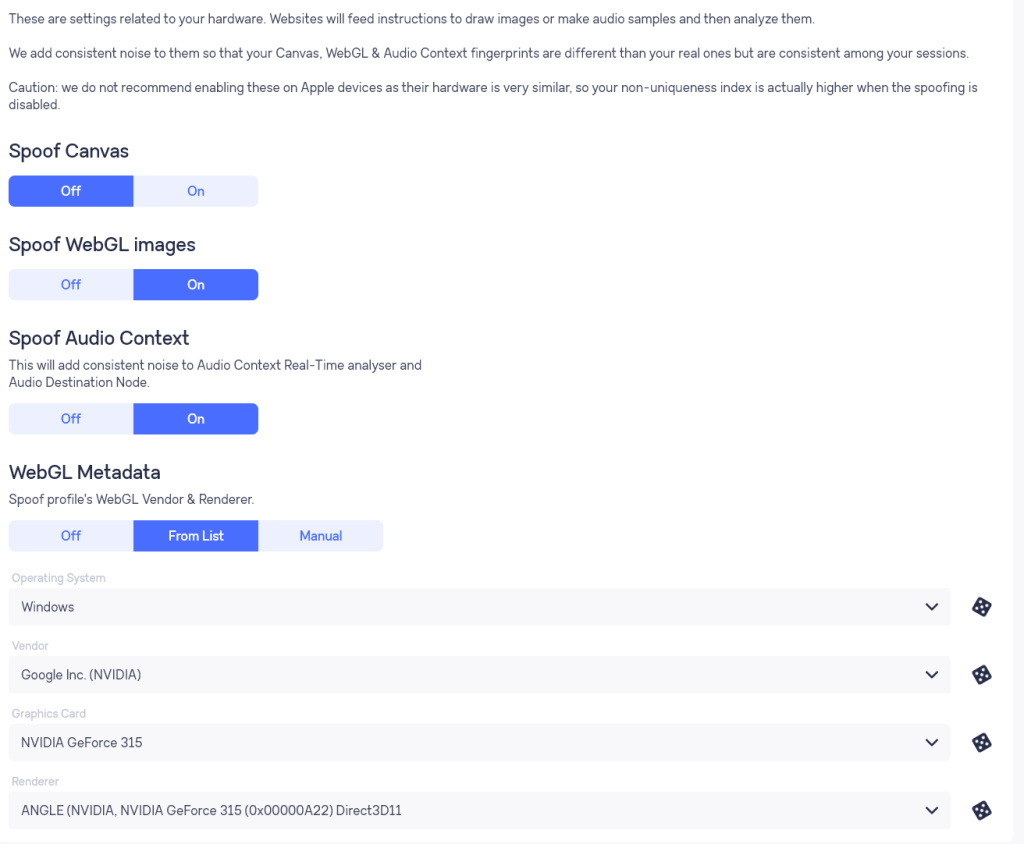

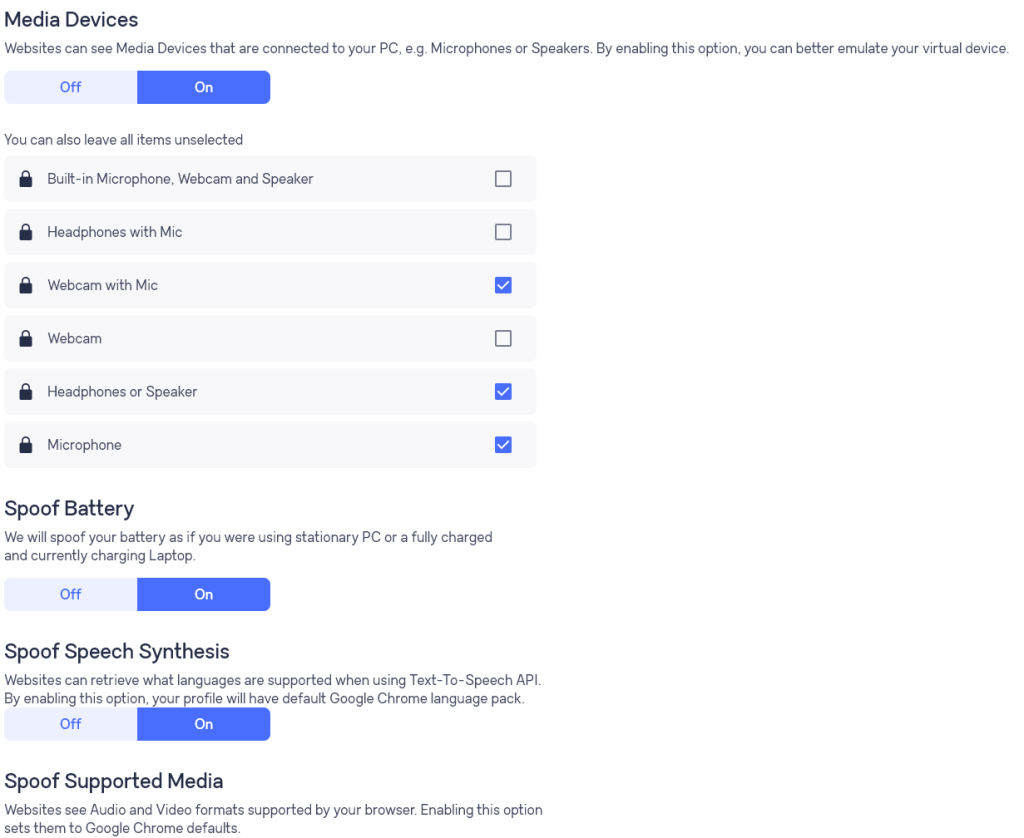
![]()
To configure a proxy in the Surfinite anti-detect browser, follow these streamlined steps:

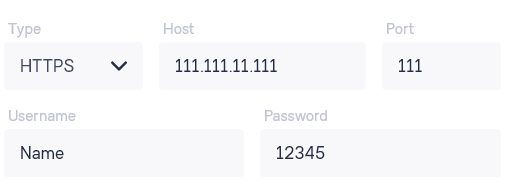
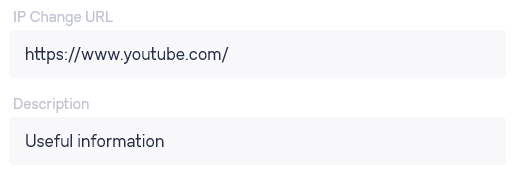

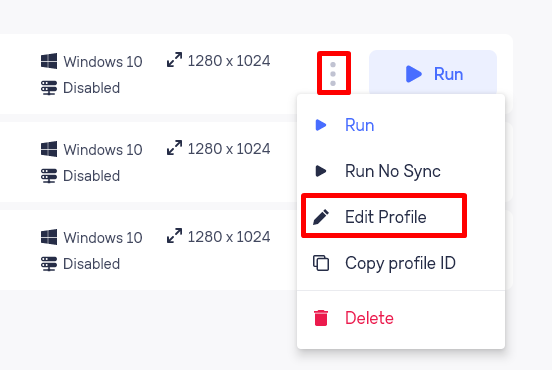
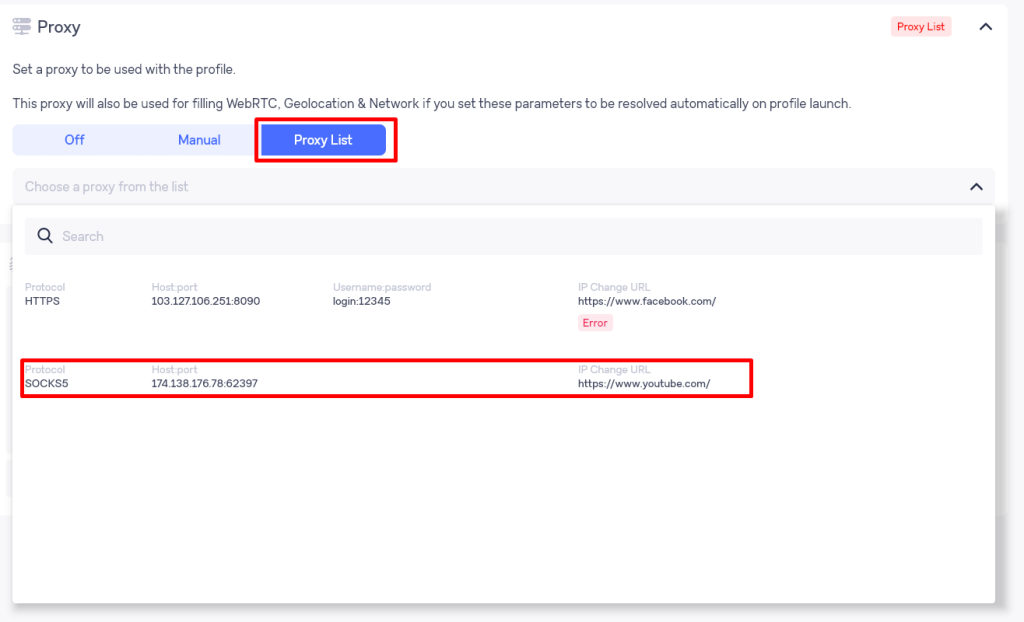
Surfinite is an anti-detection browser specifically tailored for managing multiple accounts across a variety of popular web platforms including Facebook, Instagram, YouTube, TikTok, Amazon, and PayPal, among others. It supports multiple languages and features an intuitive user interface that caters to both novice and experienced users. With comprehensive digital fingerprint customization options and a flexible pricing plan system, Surfinite is well-suited for both individual users and teams looking to maintain privacy and avoid detection while navigating multiple accounts online.
